We are always looking for young minds from diverse experiences and backgrounds to be part of our Young People Advisory Group
Young People Advisory Group
What?
In February 2022, 10to19 formed a youth advisory group of 7 members to ensure active participation of young people in issues and programs that affect them. The youth board/group will review and input 10to19’s strategy, knowledge products and represent 10to19 at various platforms. The youth board consist of members between the ages of 17 and 22, from states across India.
Why?
Our learnings from our work in the past and also from our Ab Meri Baari campaign, and conversations with sector partners have pushed us to think about creating channels for young people to actively participate in and lead the design and implementation of solutions to address critical issues that impact them, as they have the most intimate understanding of their own needs and challenges. Hence, in an effort to further bolster the inclusion and centring of young people’s voices and realities within all aspects of programming, we have institutionalized this Young People’s Advisory Group that will input directly across the planning, communication and implementation of activities across the work that we do.
How?
- The group will meet 3-4 times a month for a total of 3-4 hours per week. Capacity-building sessions, discussion meetings and review sessions will be held during this time.
- Members will be required to speak at online and in-person (situation permitting) events and platforms to represent the 10to19 Dasra Adolescents Collaborative. This would be over and above the regular meetings and trainings.
- Members are expected to advise and input on the strategic direction and choices of the Collaborative and ensure adherence to its purposes by reviewing documents, providing recommendations, providing feedback, serving as test group etc.
- Members are expected to provide strategic support in designing interventions and meetings with various stakeholders by preparing dockets for advocacy events, hosting panels and meetings, being the face of 10to19 Dasra Adolescents Collaborative ensuring we are speaking not only on behalf of young people but with them.
- Members are expected to help bring perspective from other peers in their network. Through media, social media and community/ peer engagement they would influence greater participation and organic reach of their peers in our campaigns and activities.
- We hope to recruit/renew membership to the group every 6 months
What will young people get ?
- The group will meet 3-4 times a month for a total of 3-4 hours per week. Capacity-building sessions, discussion meetings and review sessions will be held during this time.
- Members will be required to speak at online and in-person (situation permitting) events and platforms to represent the 10to19 Dasra Adolescents Collaborative. This would be over and above the regular meetings and trainings.
- Members are expected to advise and input on the strategic direction and choices of the Collaborative and ensure adherence to its purposes by reviewing documents, providing recommendations, providing feedback, serving as test group etc.
- Members are expected to provide strategic support in designing interventions and meetings with various stakeholders by preparing dockets for advocacy events, hosting panels and meetings, being the face of 10to19 Dasra Adolescents Collaborative ensuring we are speaking not only on behalf of young people but with them.
- Members are expected to help bring perspective from other peers in their network. Through media, social media and community/ peer engagement they would influence greater participation and organic reach of their peers in our campaigns and activities.
- We hope to recruit/renew membership to the group every 6 months
Meet the members
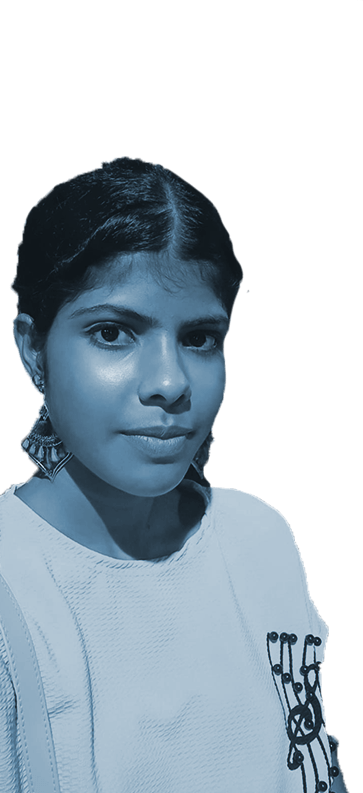
Anisha Sharma
Anisha is from Ranchi, Jharkhand. She is currently studying Fashion Design and has a keen interest in the social sector. She has witnessed child marriage and early pregnancy in her community and is very passionate about child rights. Hence she has decided to connect with the social sector and know more about child marriage and women rights.

Ayushi Burman
Ayushi has had prior experience of working with People for Change on curriculum development and designing fun sessions. She is currently pursuing B.Com Finance
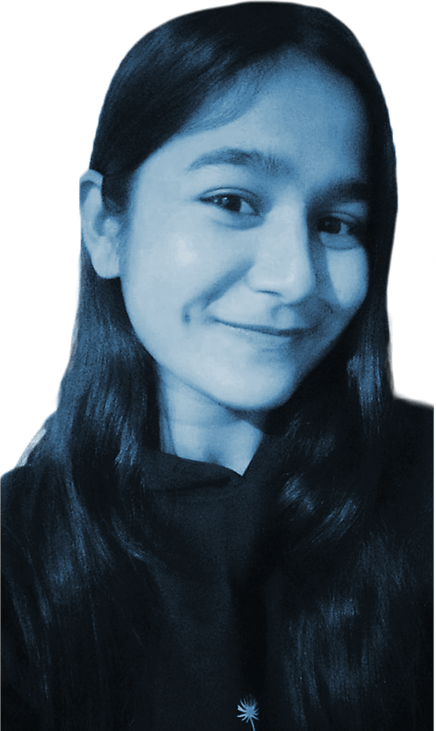
Dimpymoni Dutta
Ayushi has had prior experience of working with People for Change on curriculum development and designing fun sessions. She is currently pursuing B.Com Finance
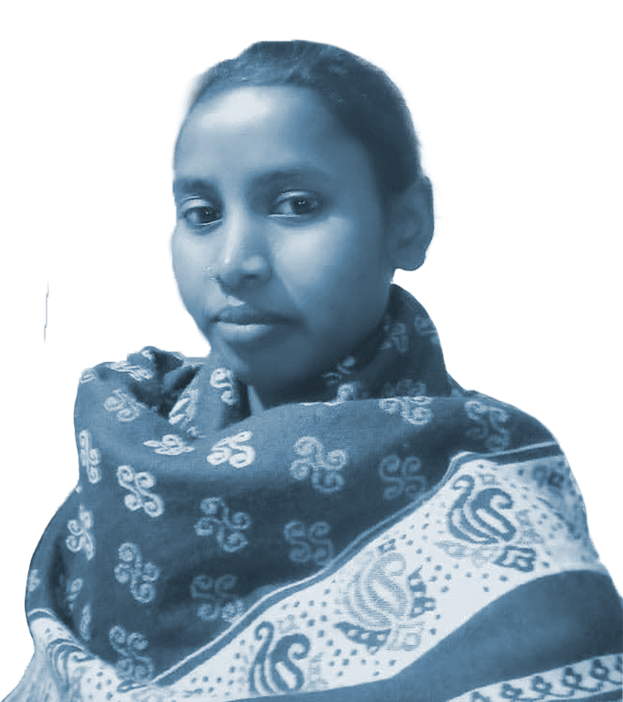
Phula Kumari
Ayushi has had prior experience of working with People for Change on curriculum development and designing fun sessions. She is currently pursuing B.Com Finance
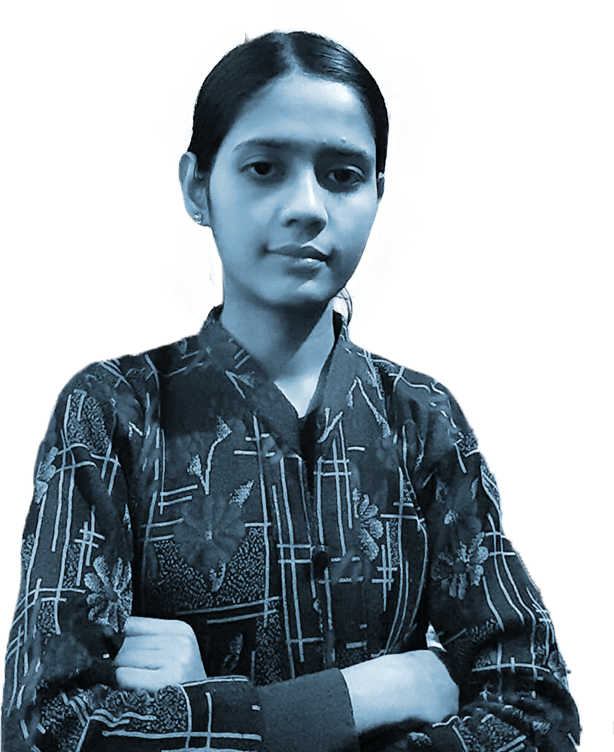
Seba Rehmani
Ayushi has had prior experience of working with People for Change on curriculum development and designing fun sessions. She is currently pursuing B.Com Finance
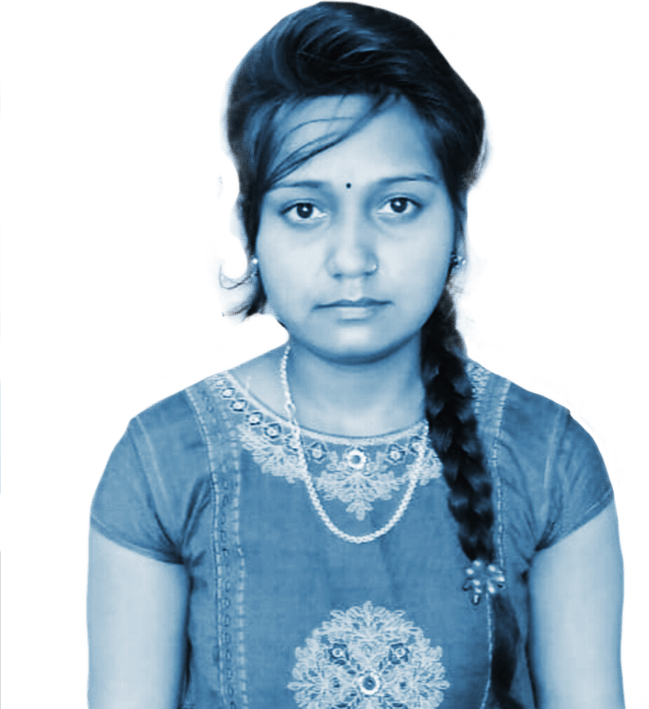
Shempu Kumari
Ayushi has had prior experience of working with People for Change on curriculum development and designing fun sessions. She is currently pursuing B.Com Finance

Teena
Ayushi has had prior experience of working with People for Change on curriculum development and designing fun sessions. She is currently pursuing B.Com Finance

